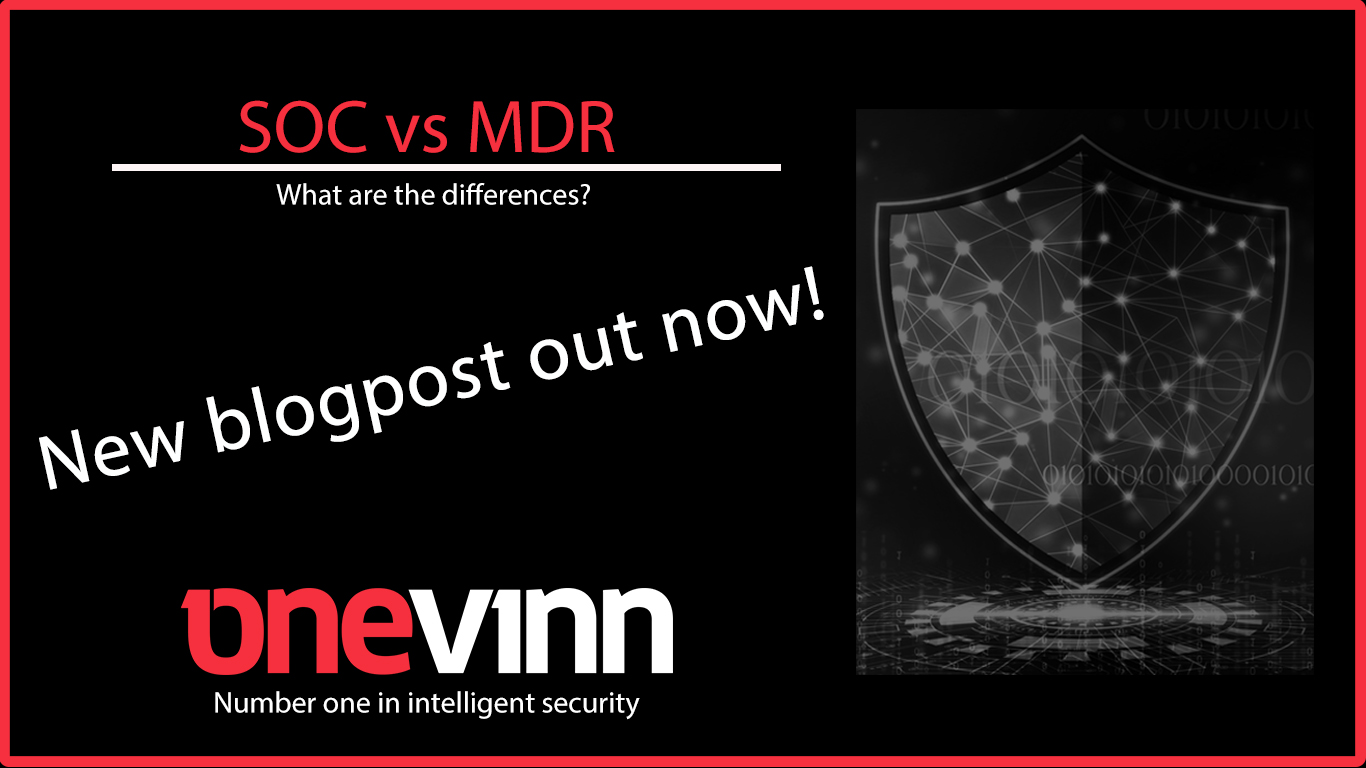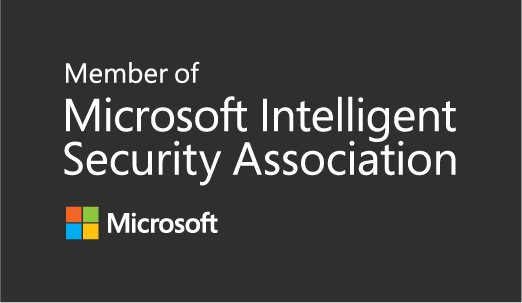
What are the differences between SOC and MDR?
Managing complex IT environments is a growing challenge for businesses in most industries. With more threats and more frequent security alerts, it's hard for security teams to stay ahead of the curve. At the same time, speed and proactivity are more important than ever.
There are many security services that can help protect an IT environment. Two that are in the spotlight are SOC (Security Operation Center) and MDR (Managed Detection and Response).
In this post, we explain what SOC vs. MDR means, and what are the most obvious differences between the services.
Securing a demanding IT environment
Hybrid workplaces, cloud-based services and high availability requirements have created a new IT landscape. With this comes a complex IT environment that is harder to oversee and secure. To succeed, a service or approach is needed that helps eliminate threats in time, and doesn’t just put out fires when they are already burning.
To choose the right solution, you need to consider how your security team looks like today, what other resources you have available, what your needs are and how much of the security work you are able to outsource to an external partner. SOC and MDR are different approaches, and it is, of course, easier to choose the right path for you when you understand how each system works.
SOC (Security Operation Center)
A SOC means that you as an organization choose a security team, in house or out sourced, whose task is to monitor and detect security incidents. The SOC team is ultimately responsible for monitoring and protecting the organization and its assets. The SOC team implements the organization’s overall IT security approach, and acts as a central coordinator for efforts related to monitoring, assessing and defending against cyber-attacks.
Traditionally many SOC teams use a variety of disconnected security tools in their work, which means that, as different threats arise, security staff need to manually coordinate, translate and implement security alerts that arise across different environments.
MDR (Managed Detection and Response)
A MDR as a managed security service means that you outsource your security work to an MDR partner who handles all the IT security work. The emergence of MDR means a greater focus on the timely detection of threats and has the ability to actually respond quickly to those threats.
Automated processes and Extended Detection and Response (XDR) allow data to be collected across multiple security layers. This eliminates the need for security professionals to manually translate and implement alerts rules. Using AI and machine learning, MDR teams can streamline their work and rapidly produce richer, more useful, analysis. This allows them to respond faster, and with better accuracy.
If you want to better understand how SOC and MDR differ, download our guide. It contains more detailed and technical information about the different services.
From SOC to MDR
Which cybersecurity service is right for your business?
For those of us in IT security, it's important to stay aware and up to date with the challenges our customers face, so we can help secure their IT environment in the right way. To find out more about our approach to modern cybersecurity, sign up for our webinar 14 October!


